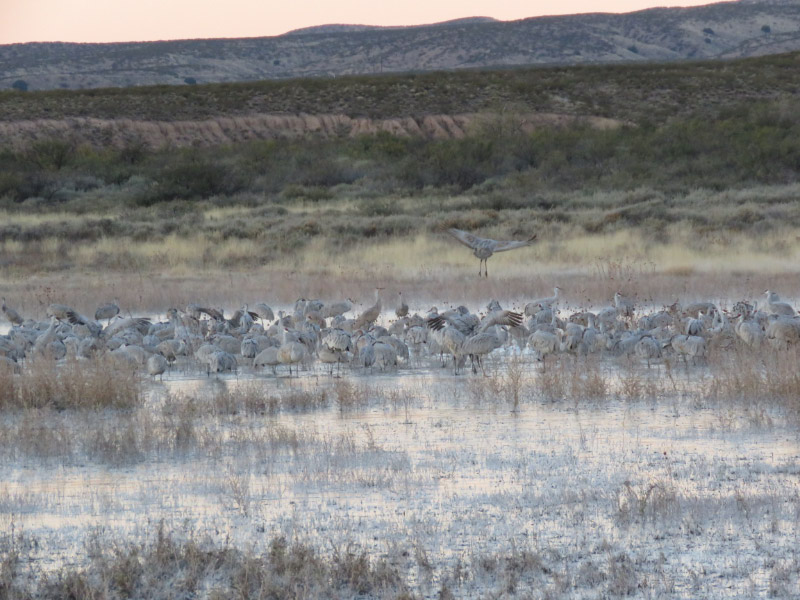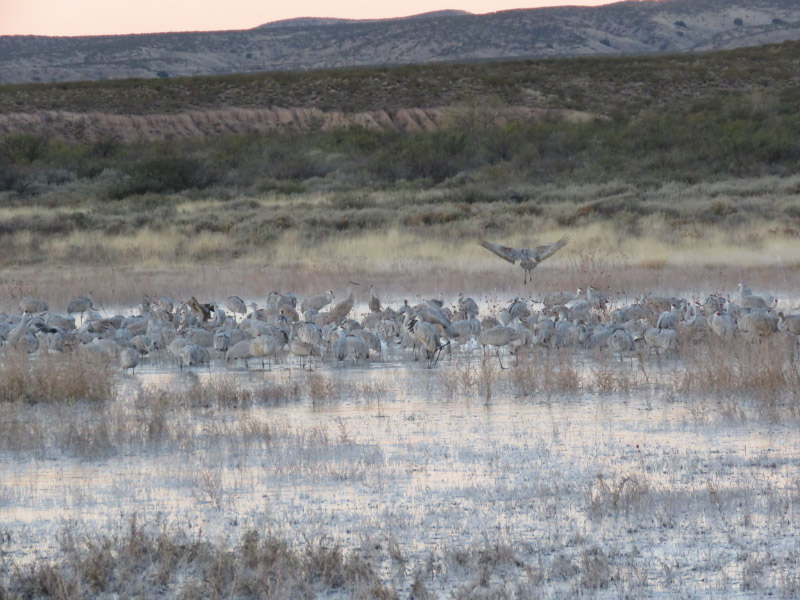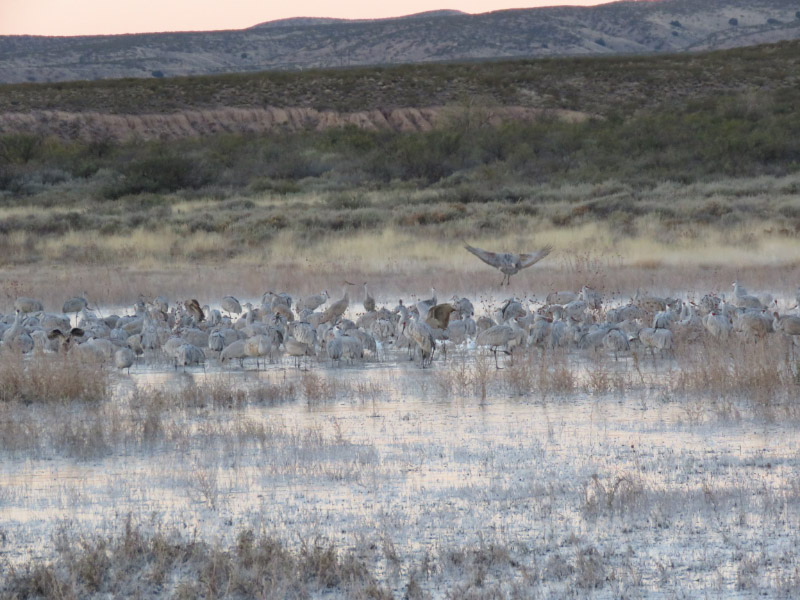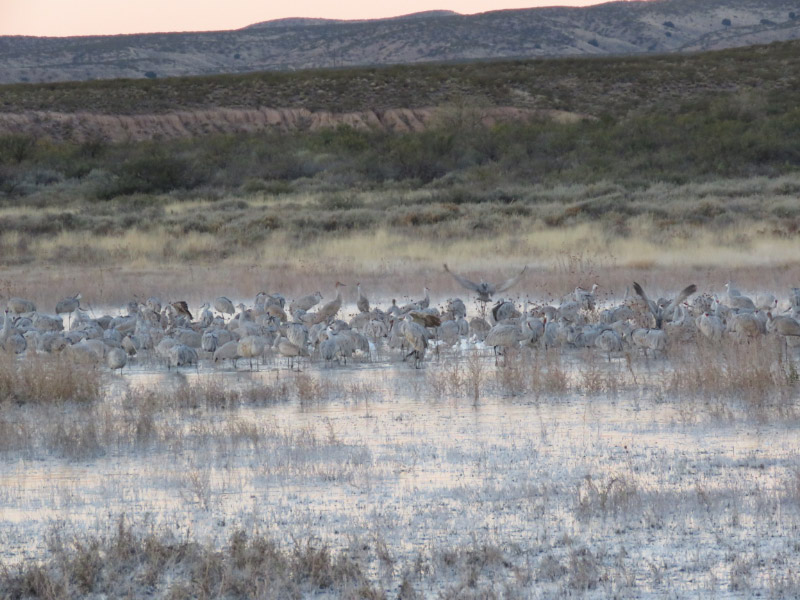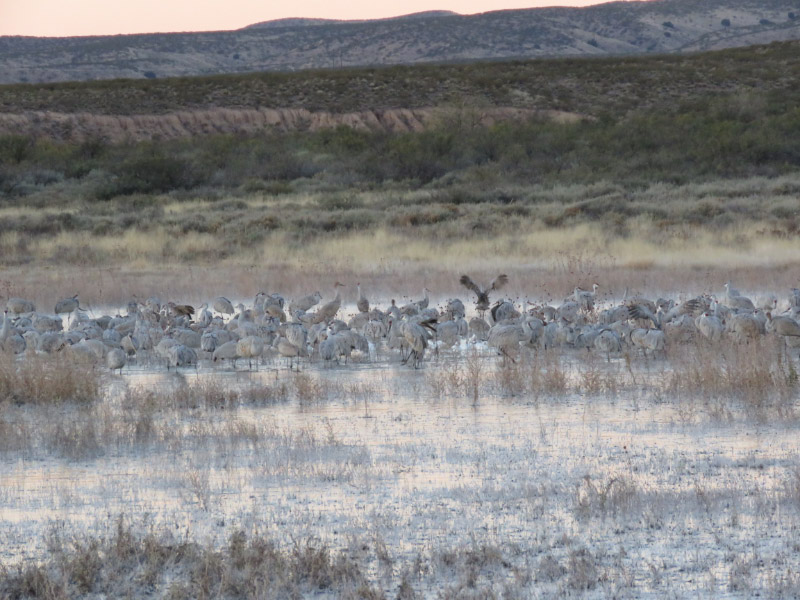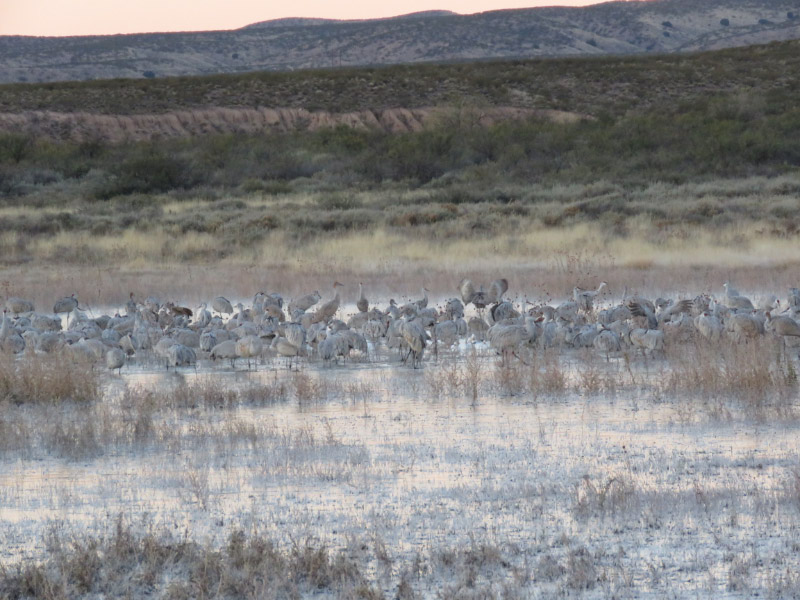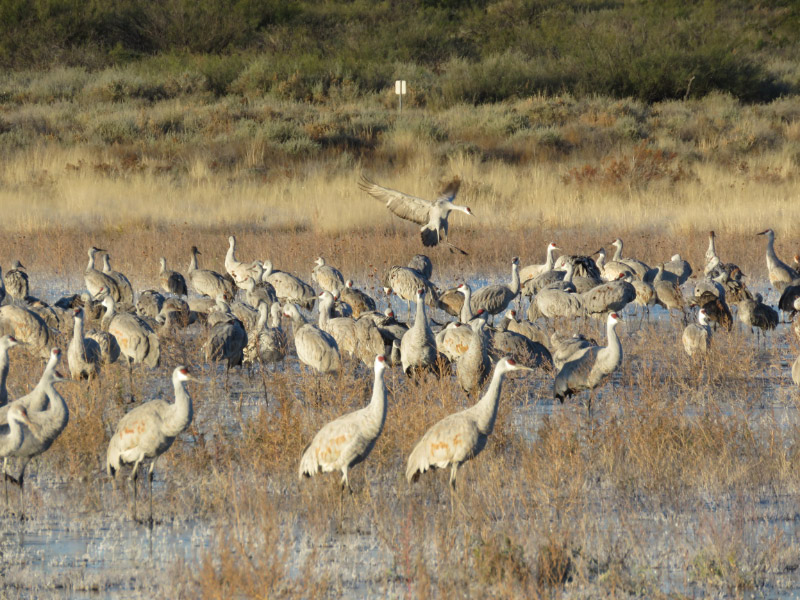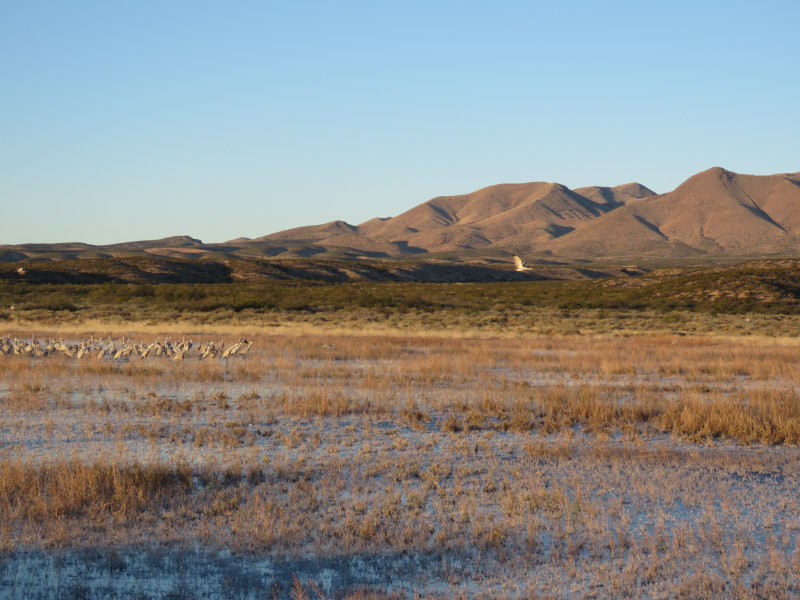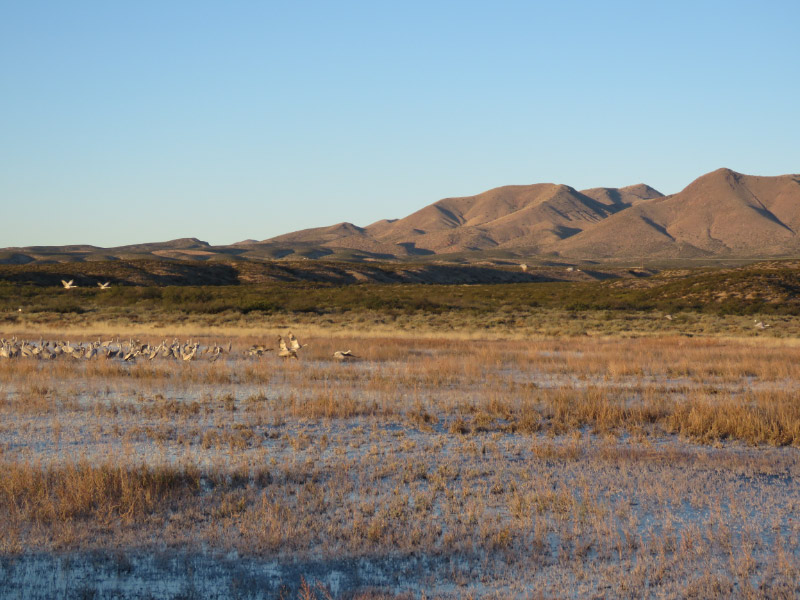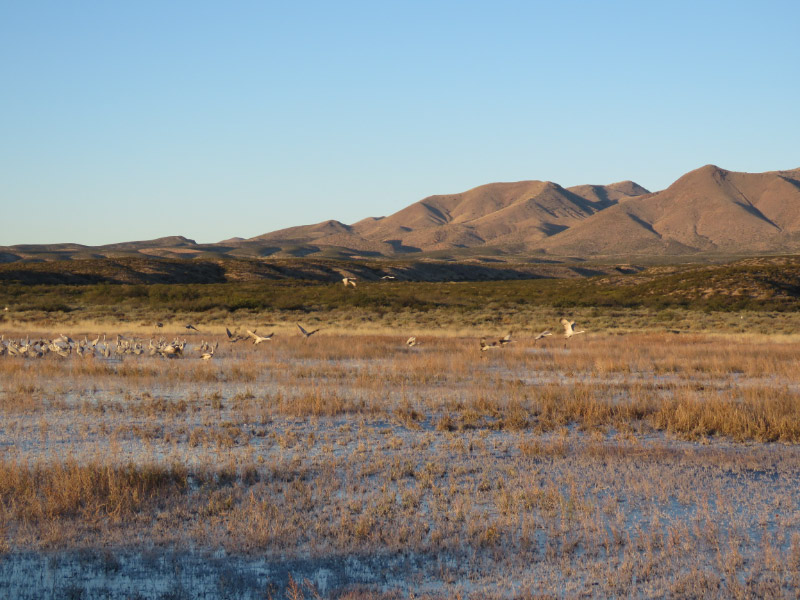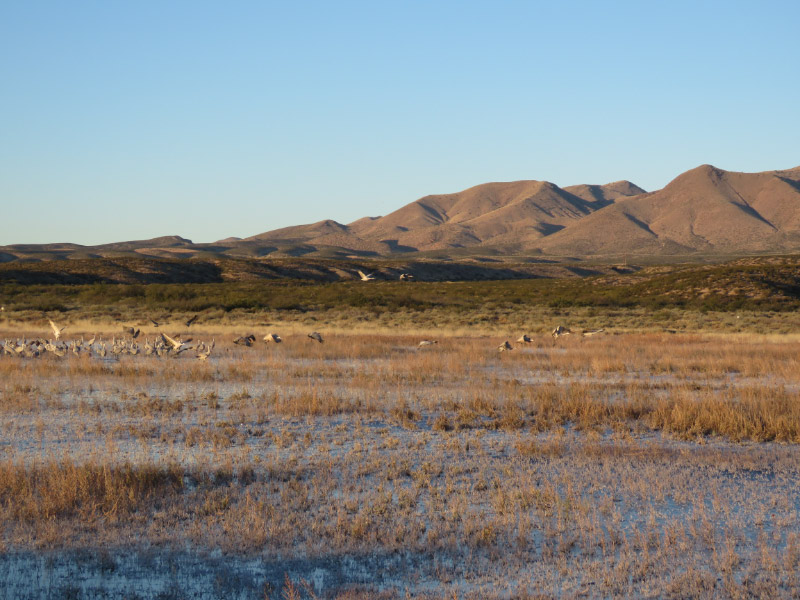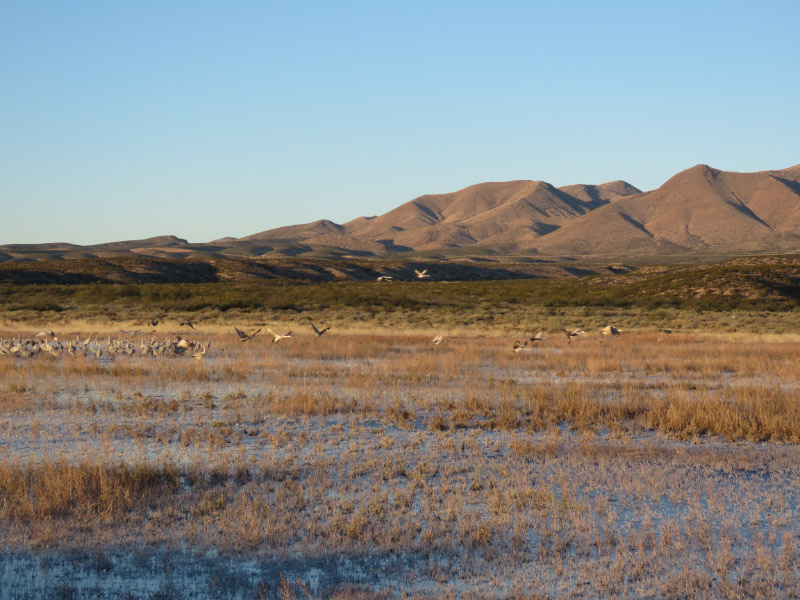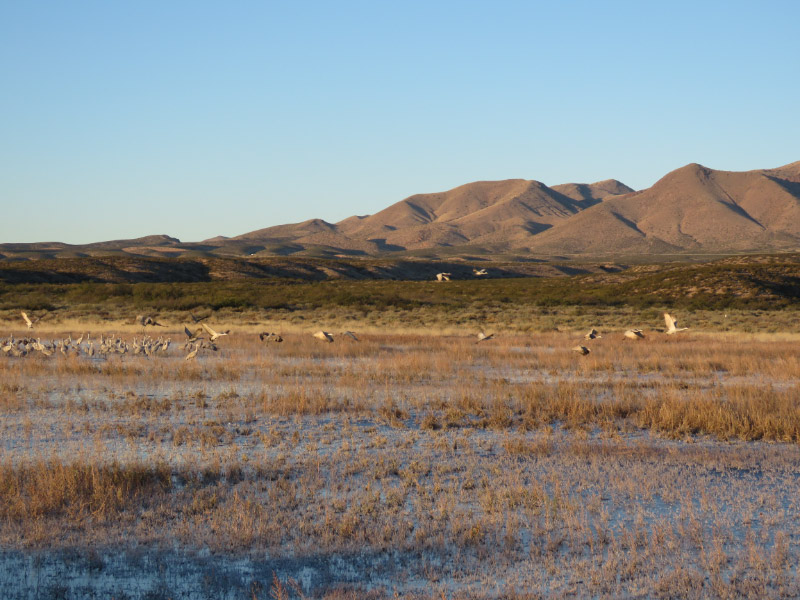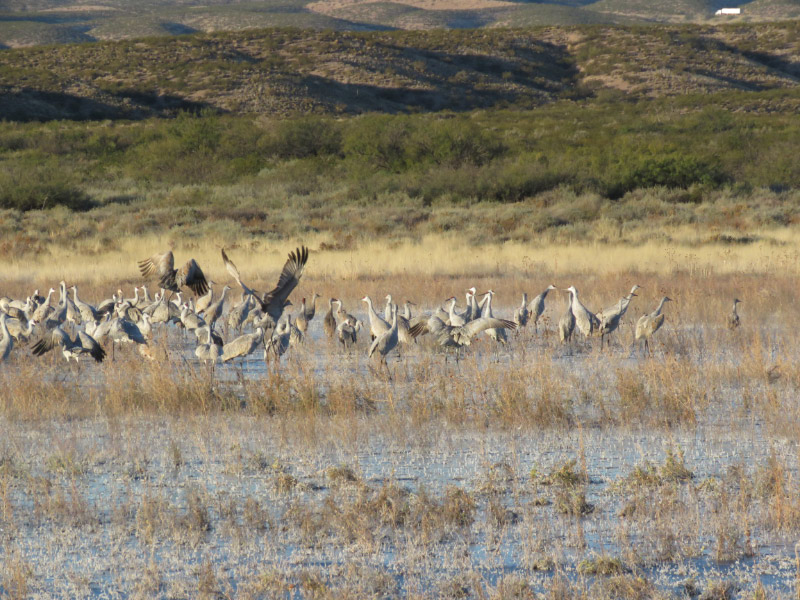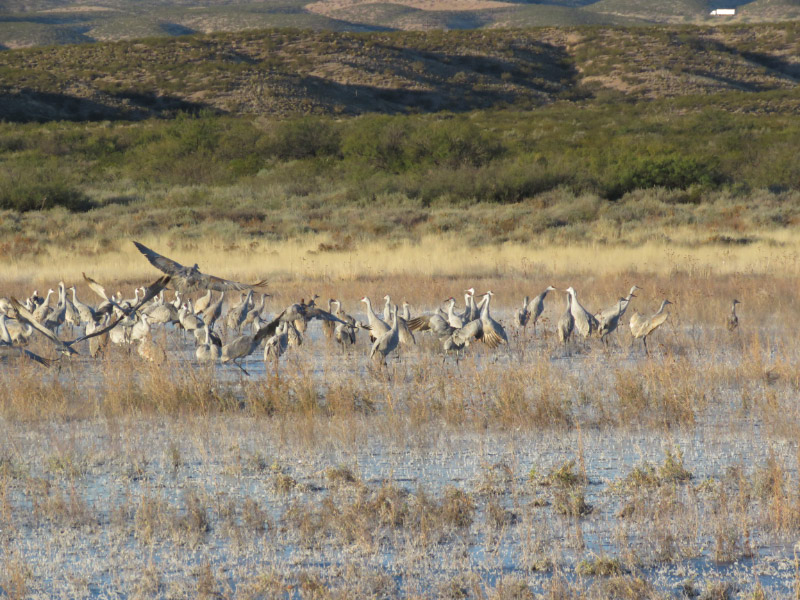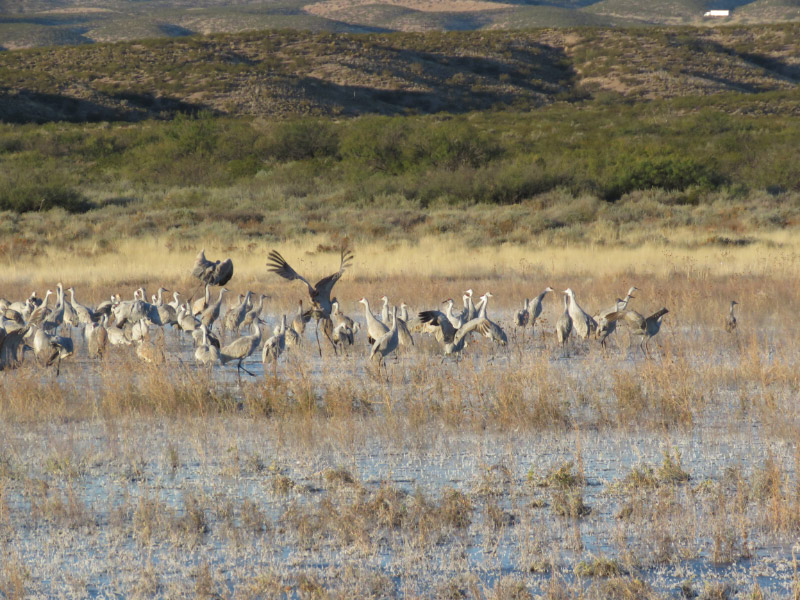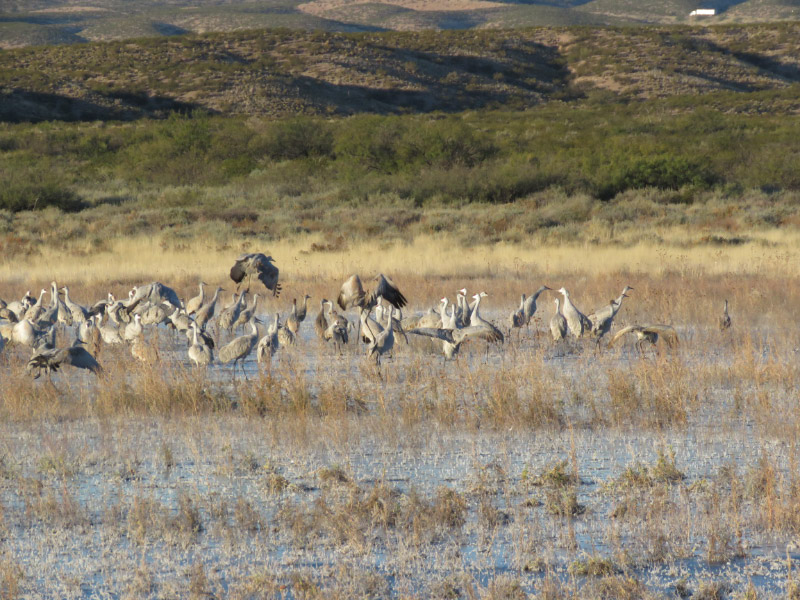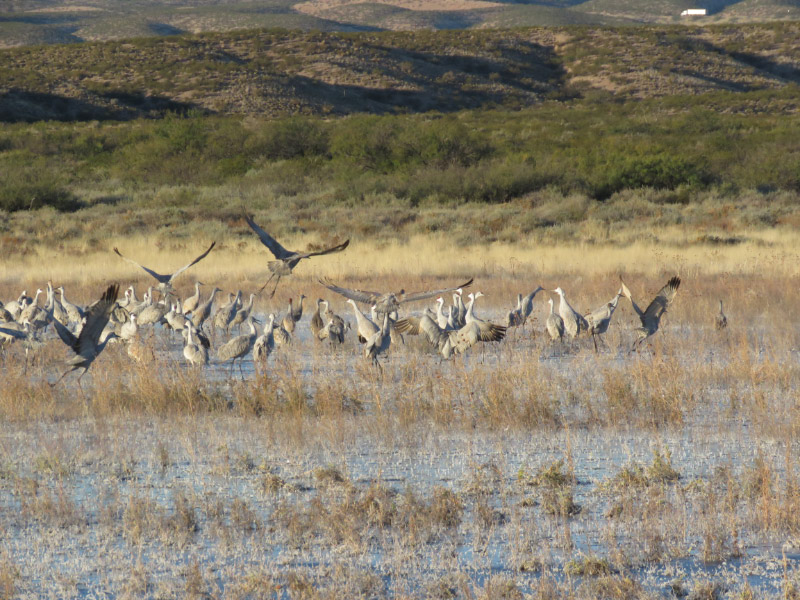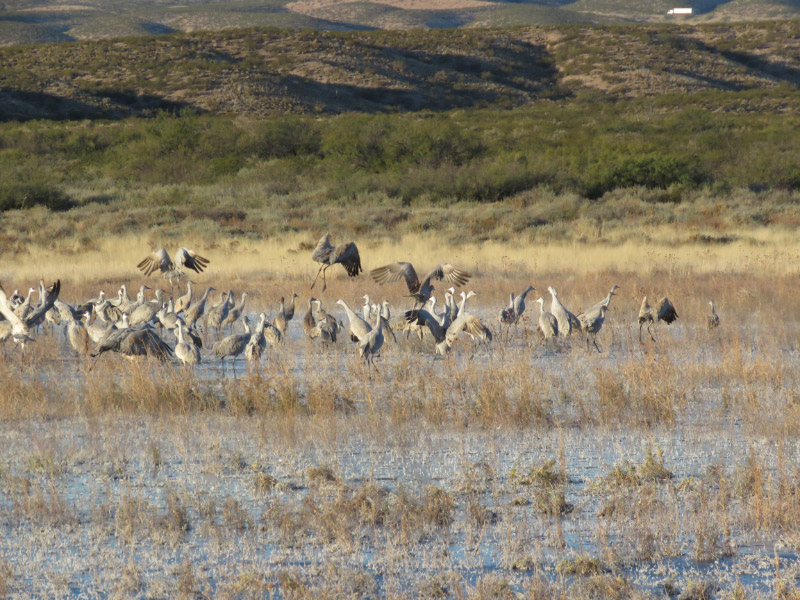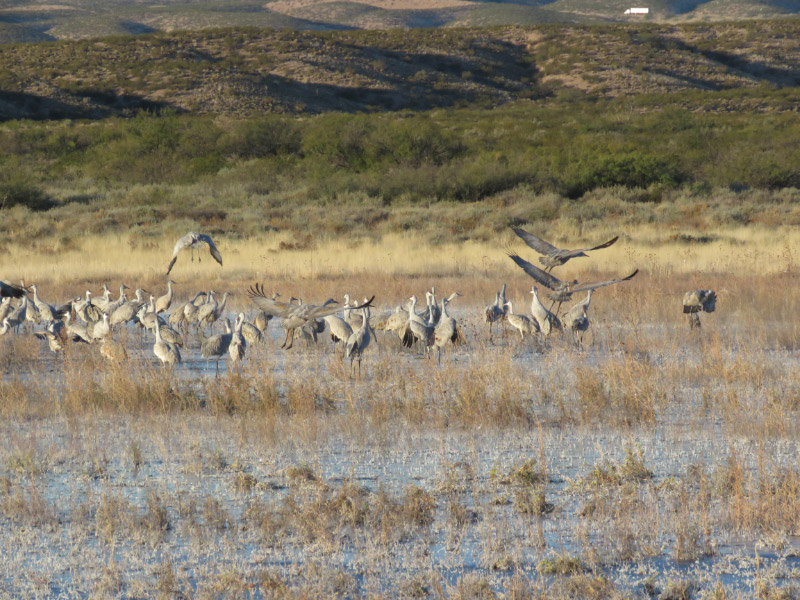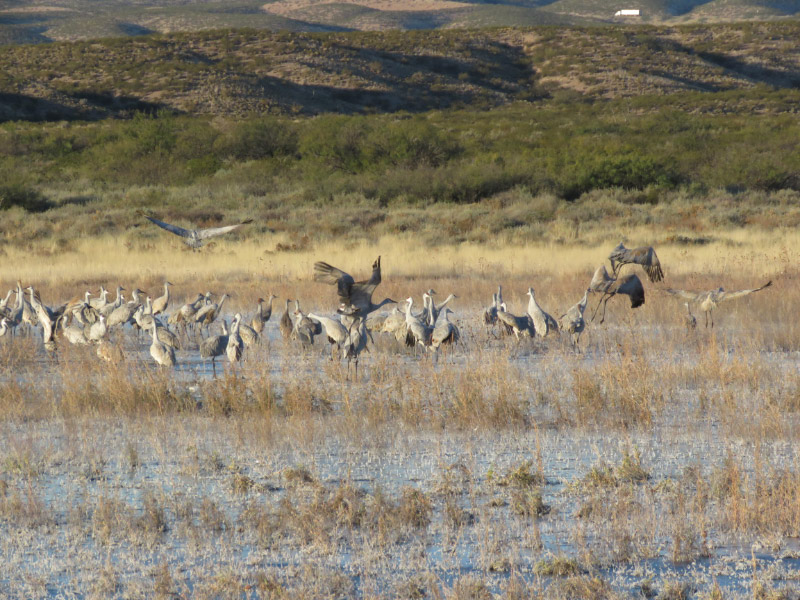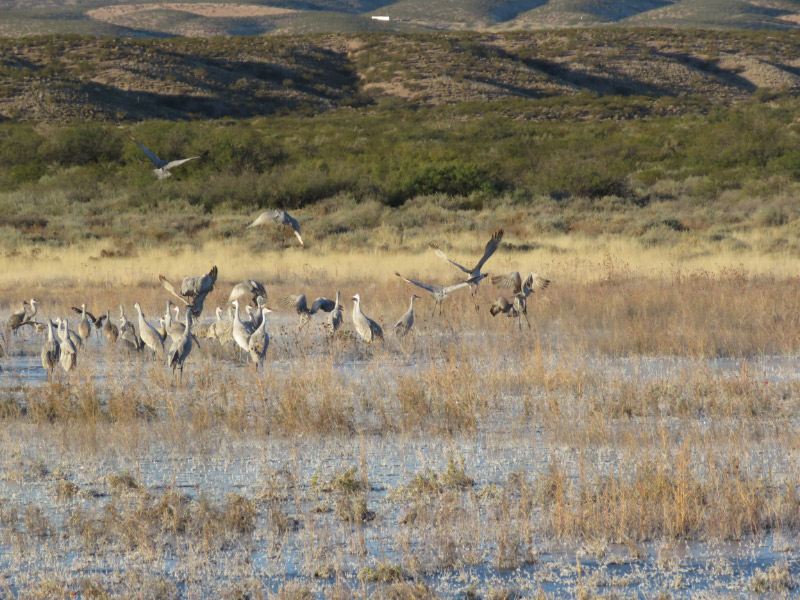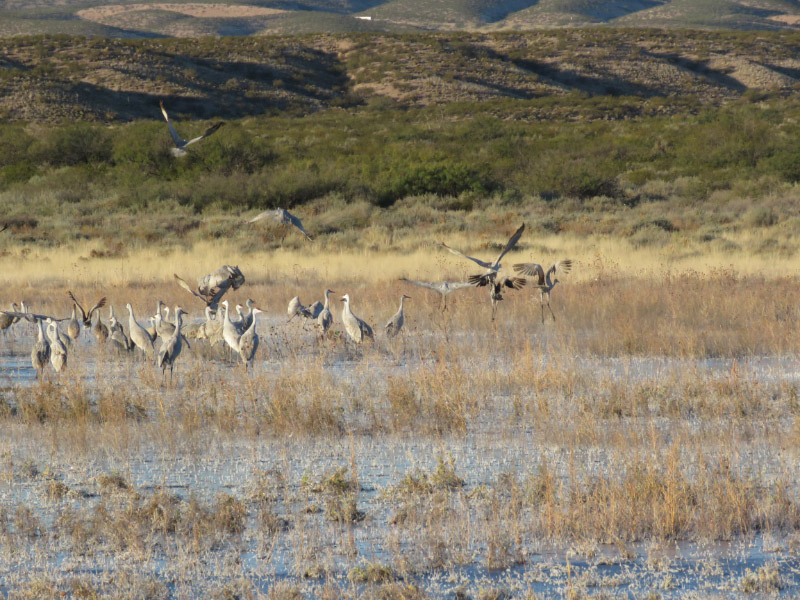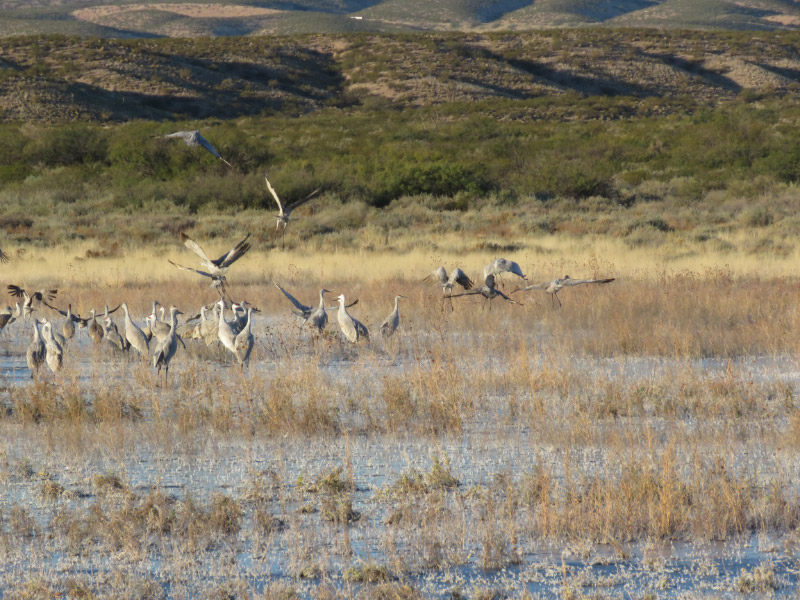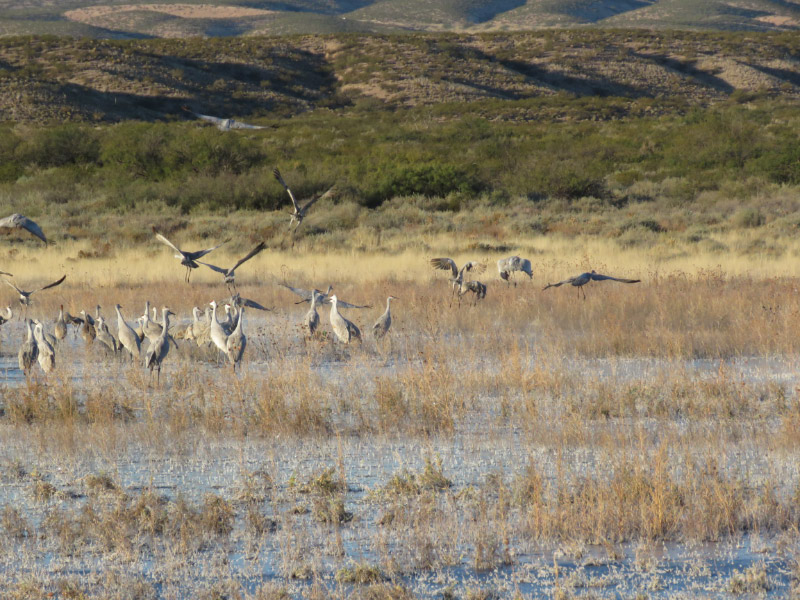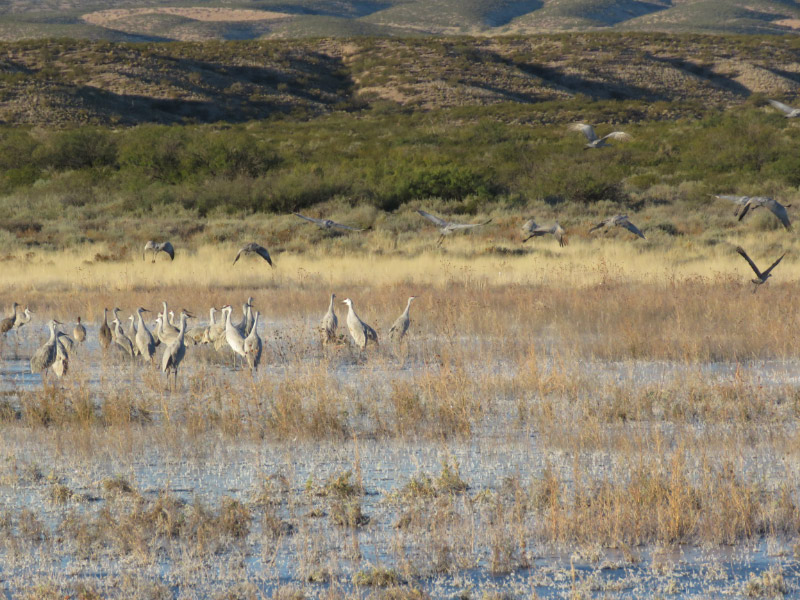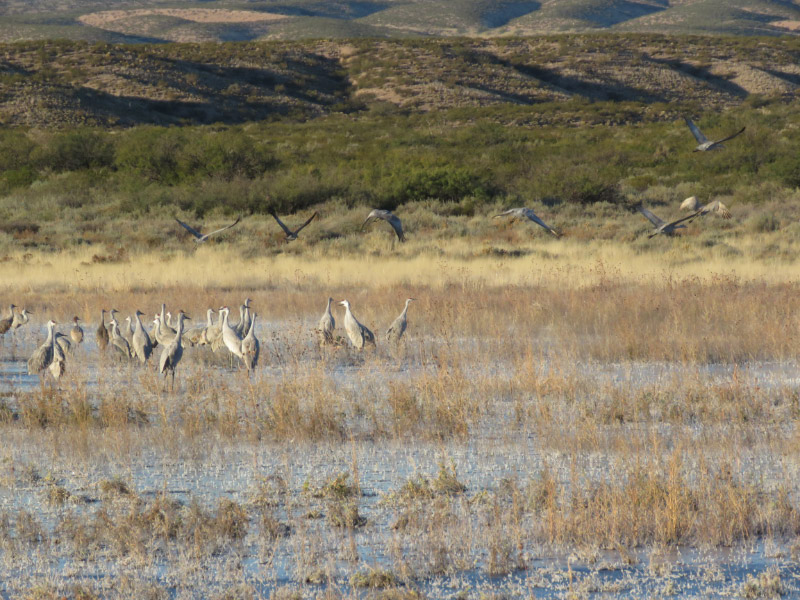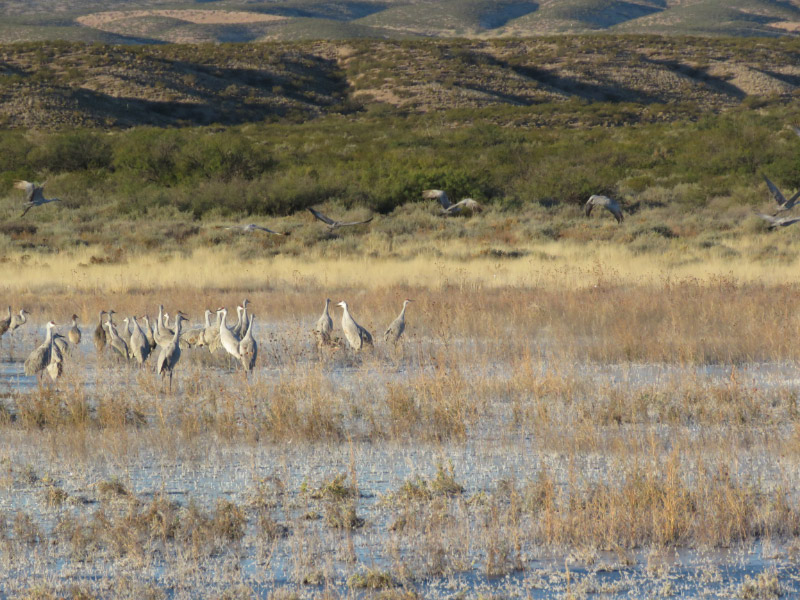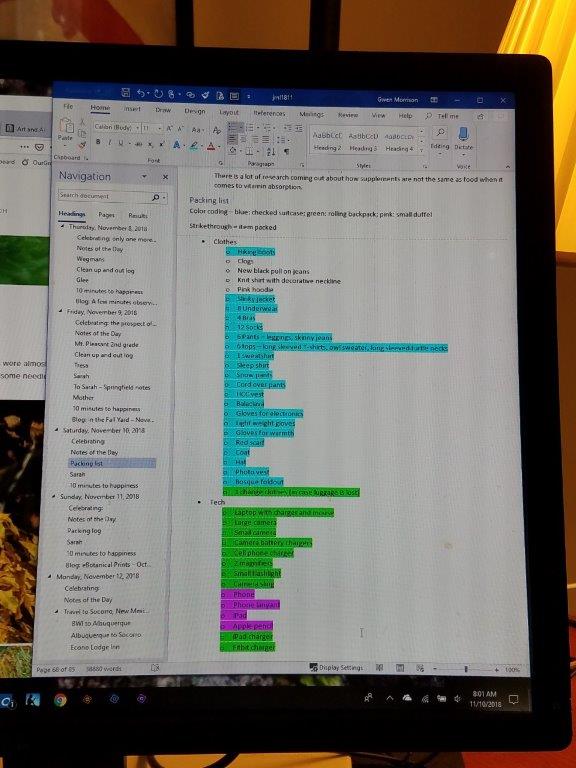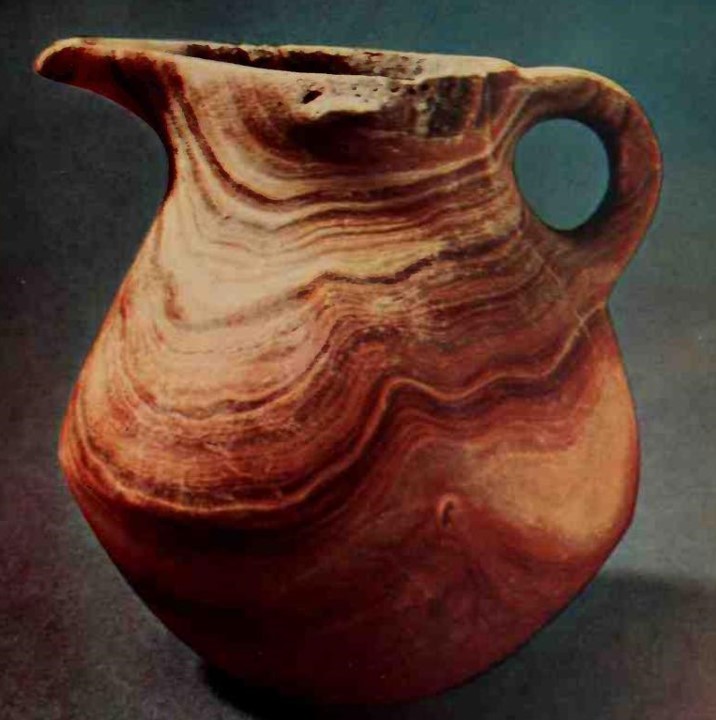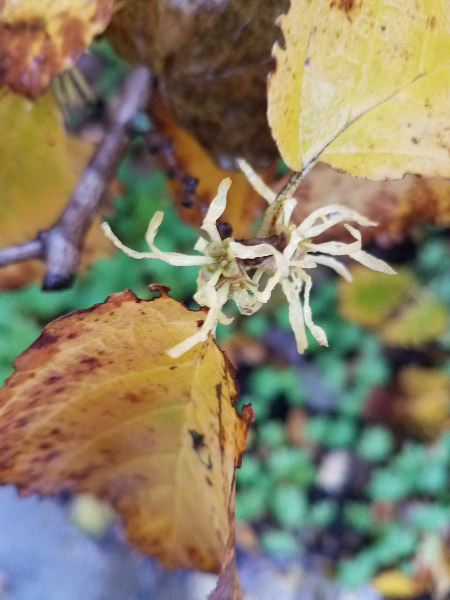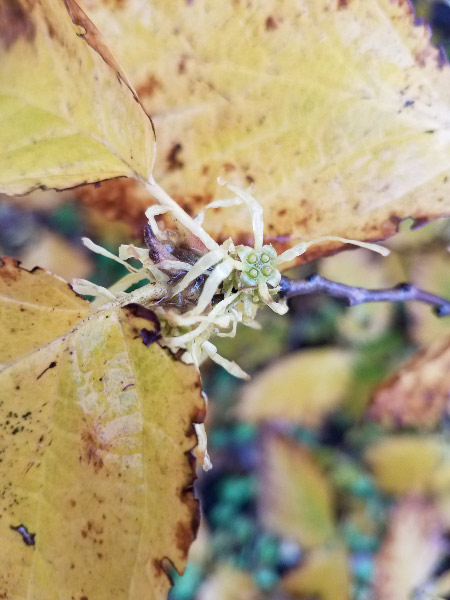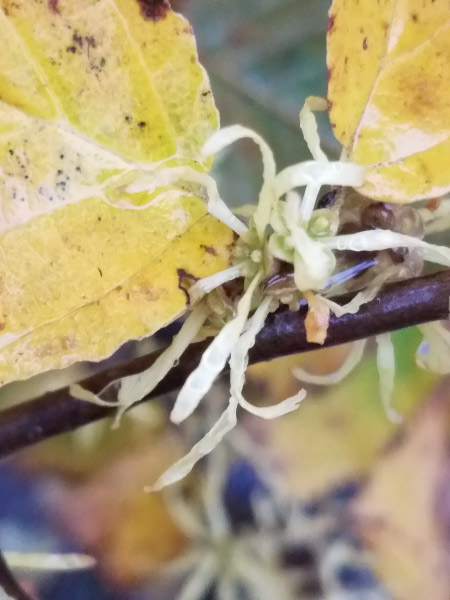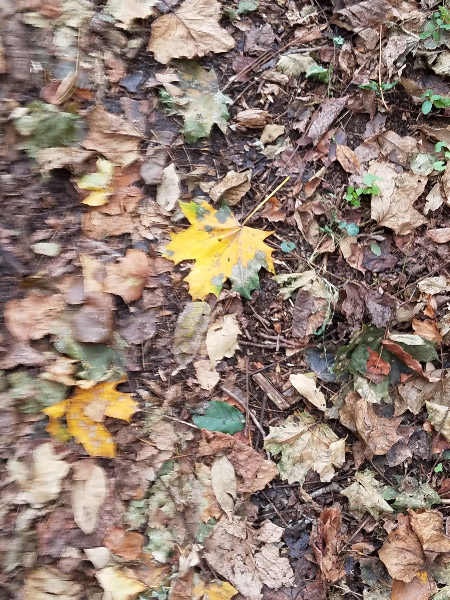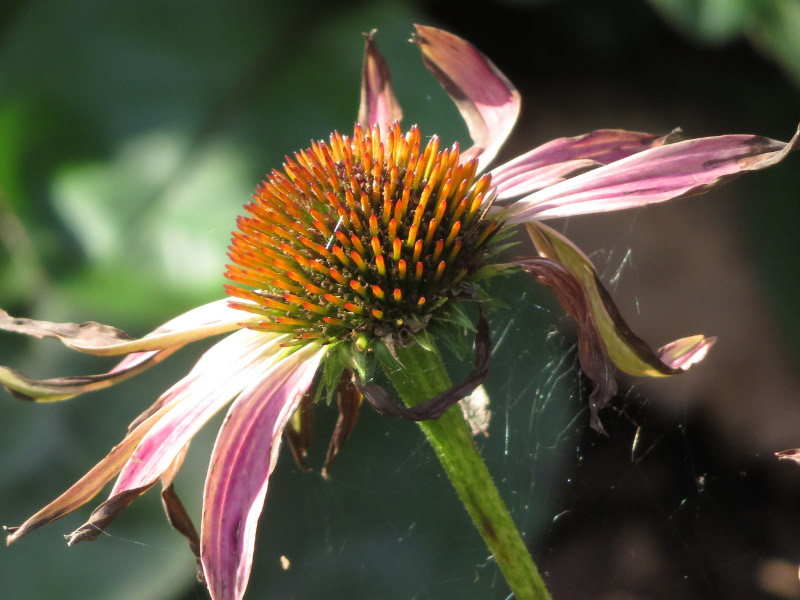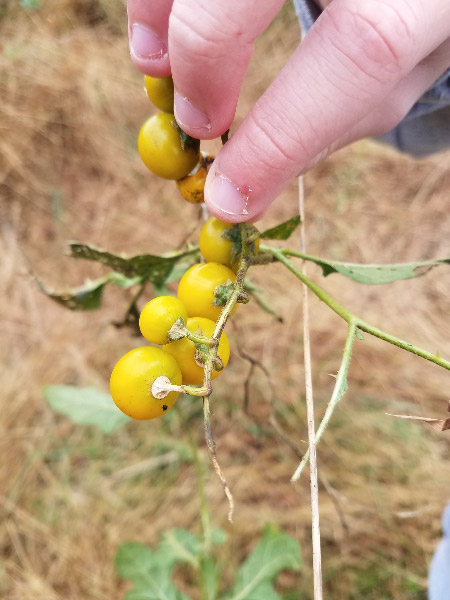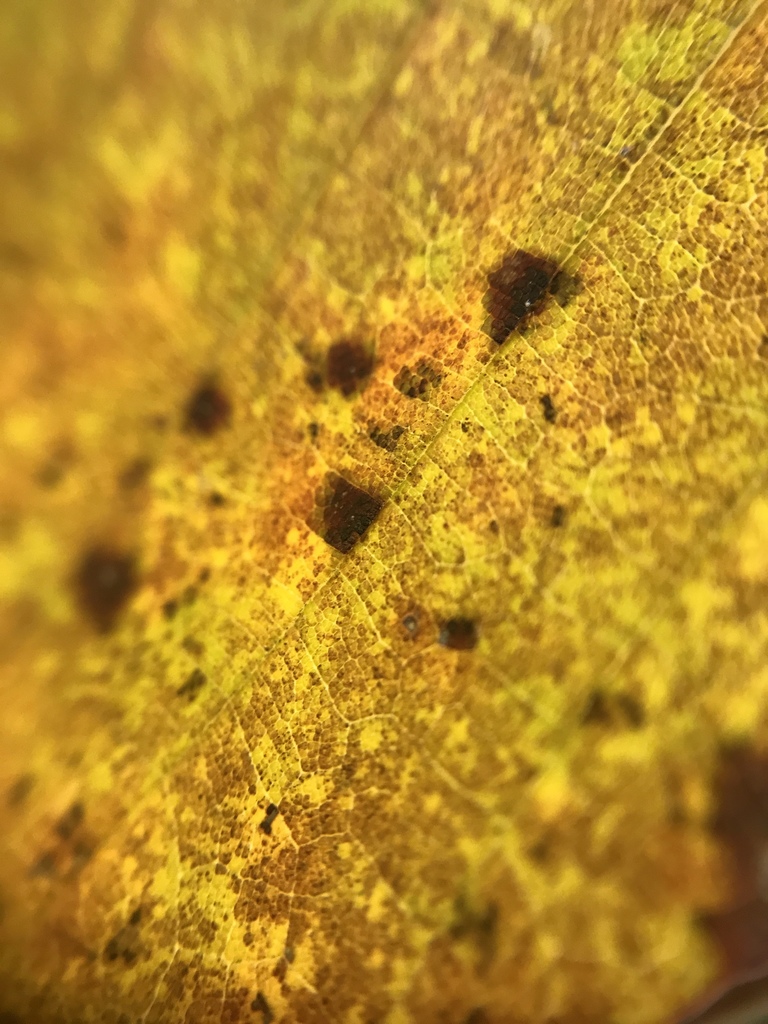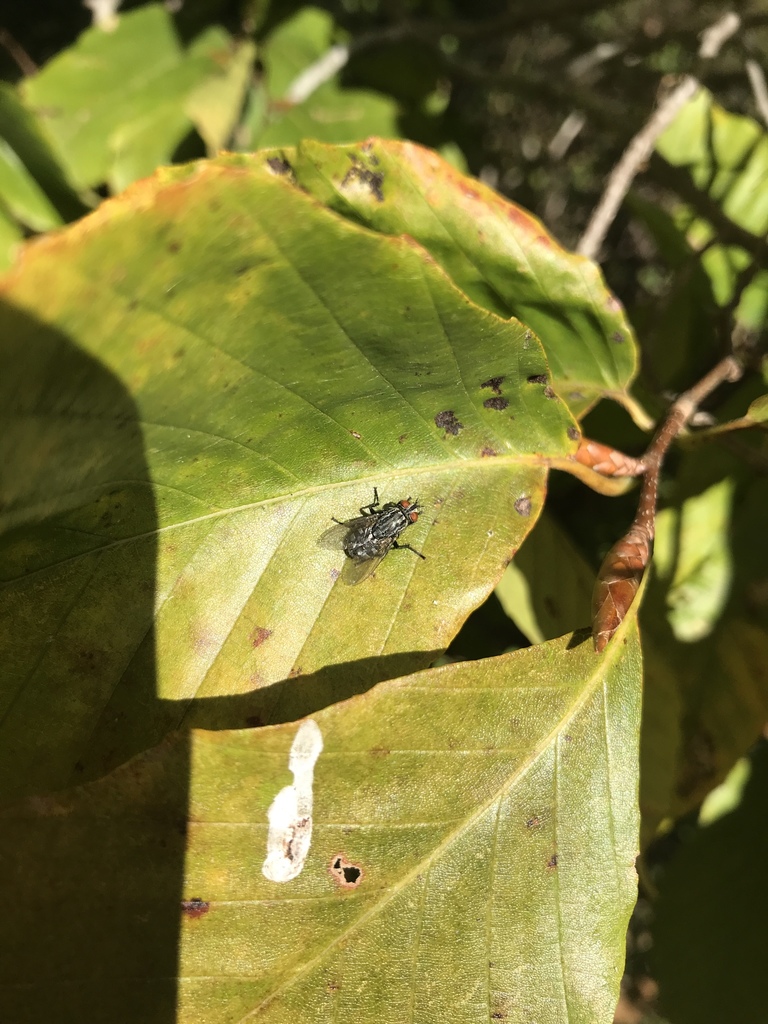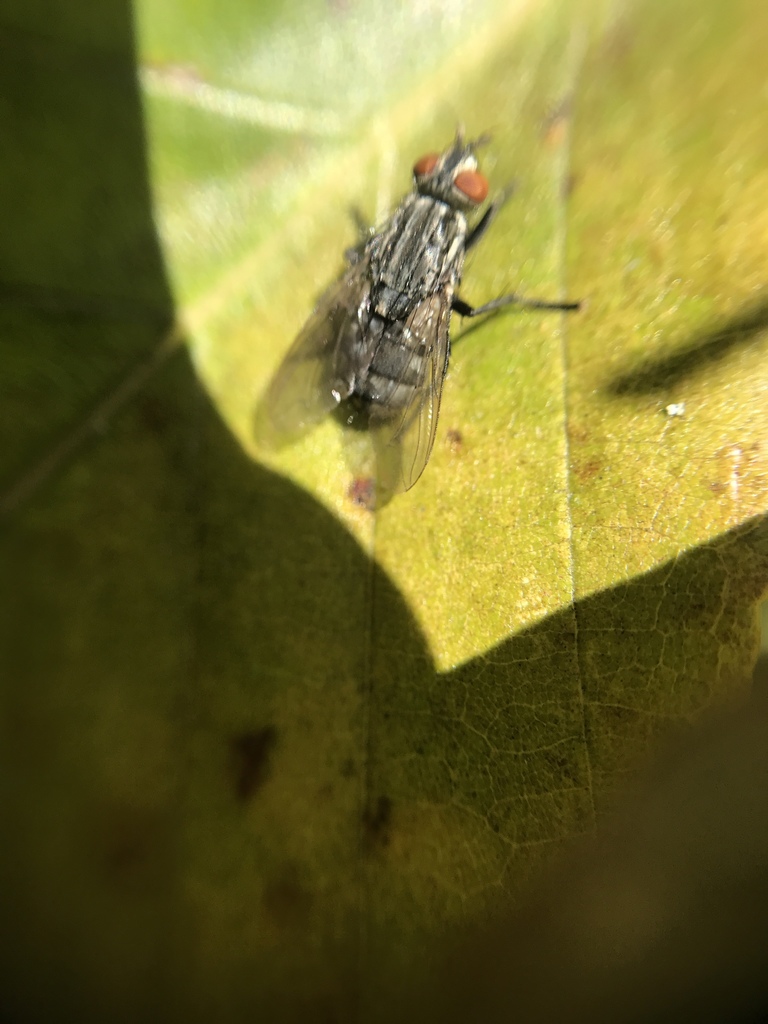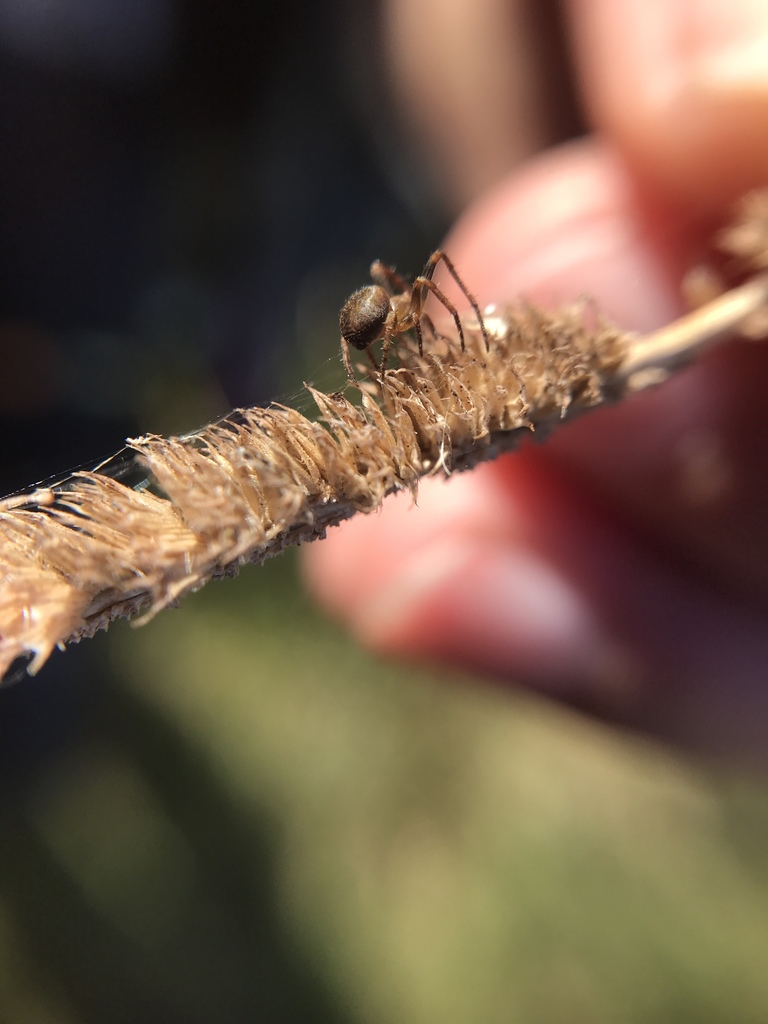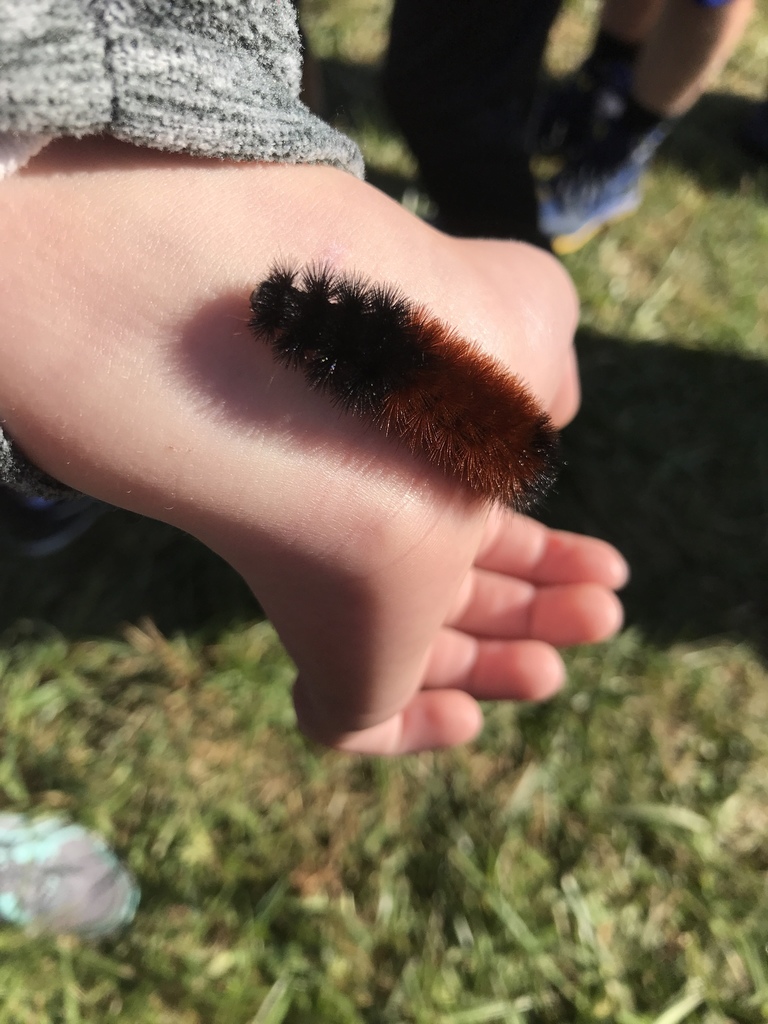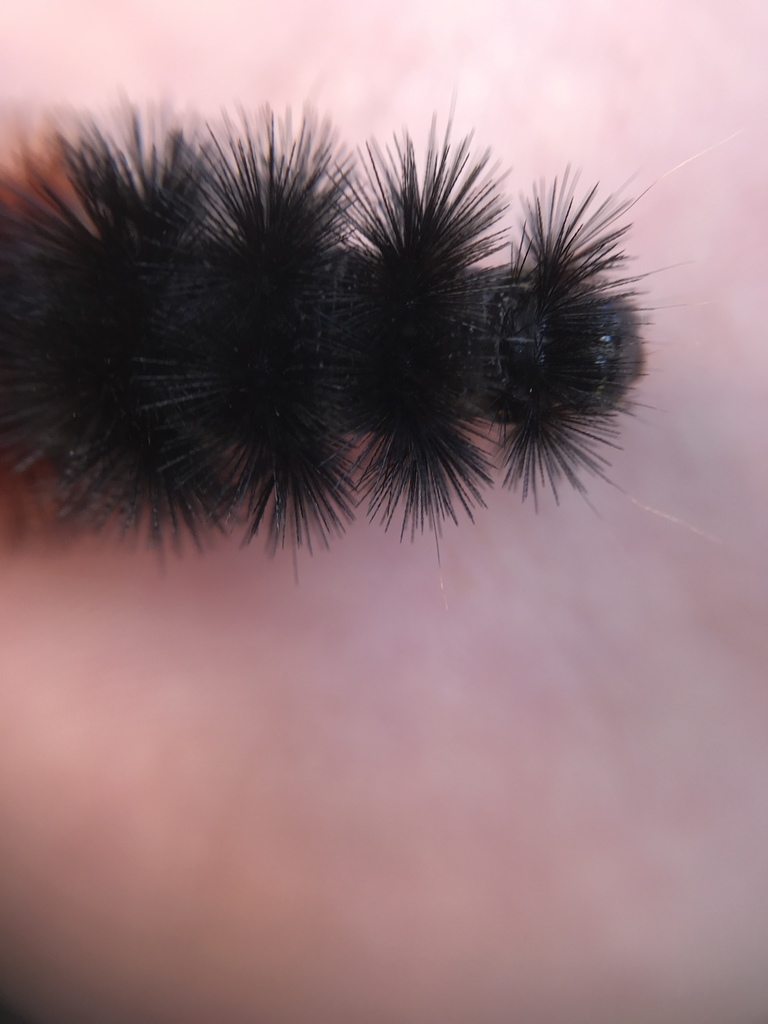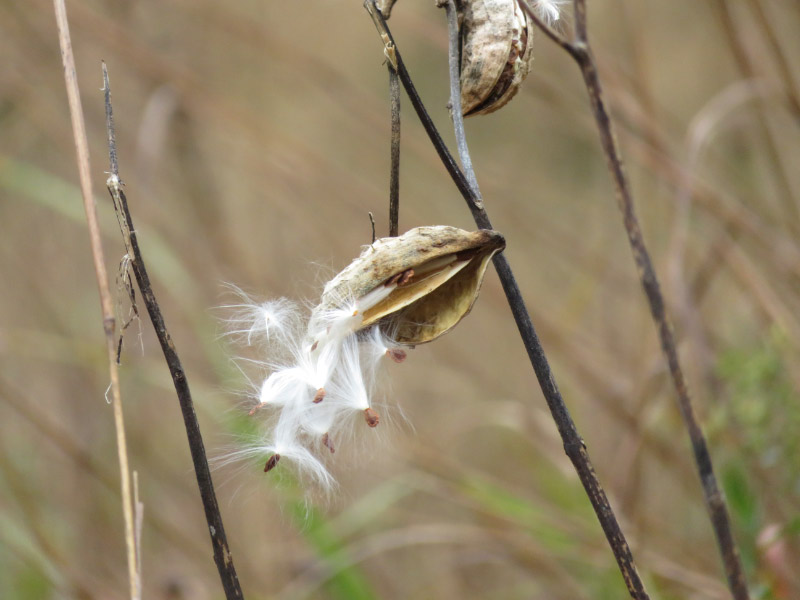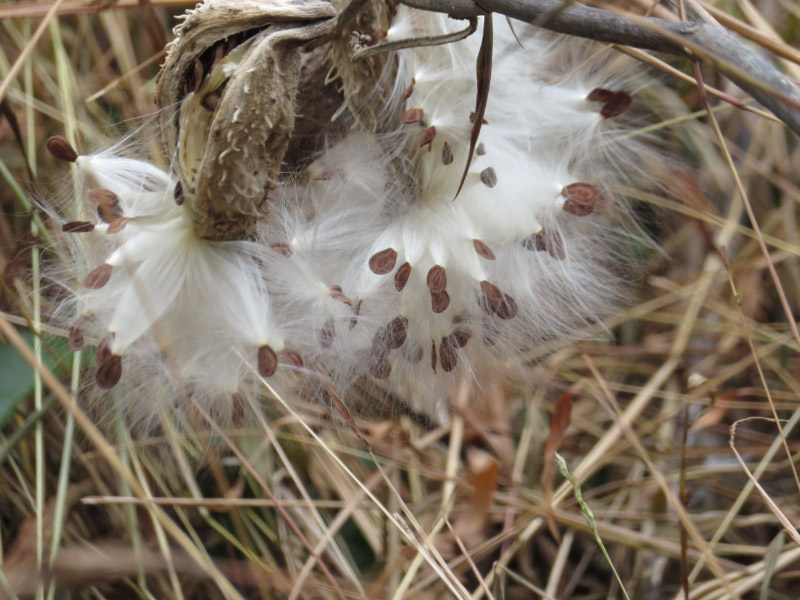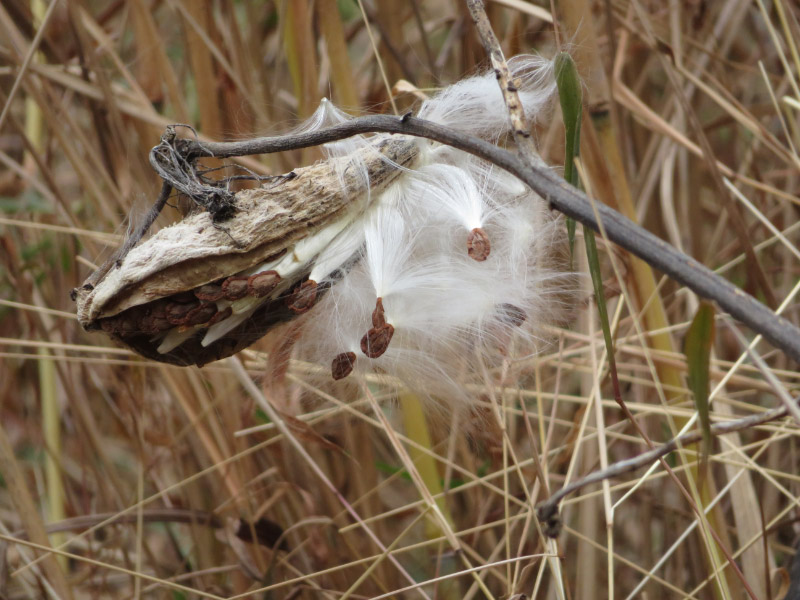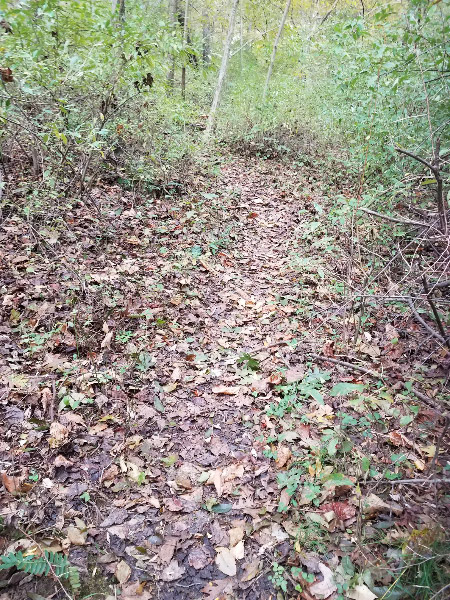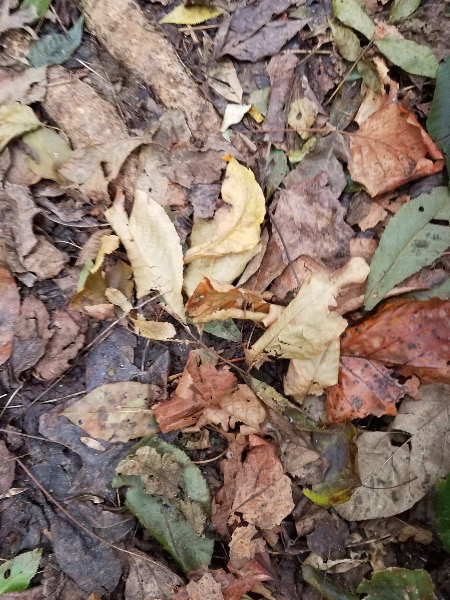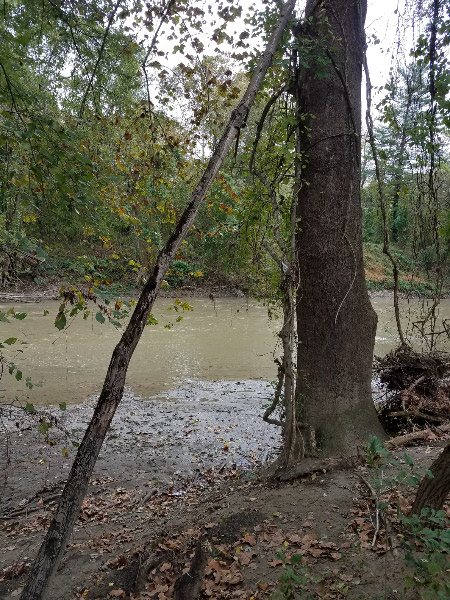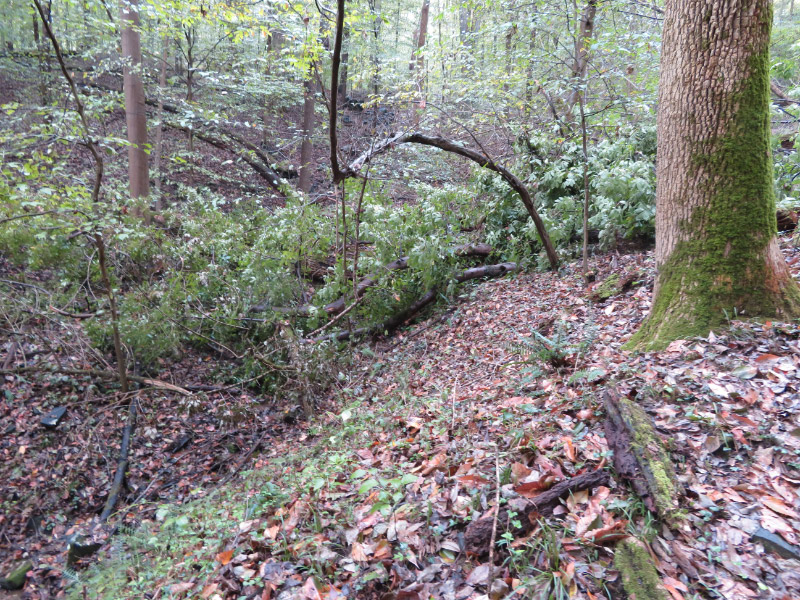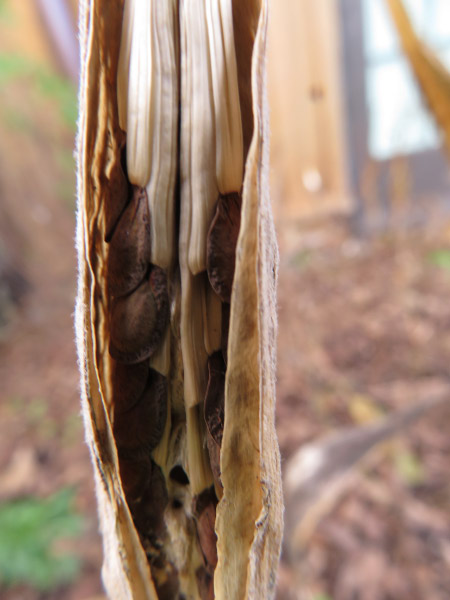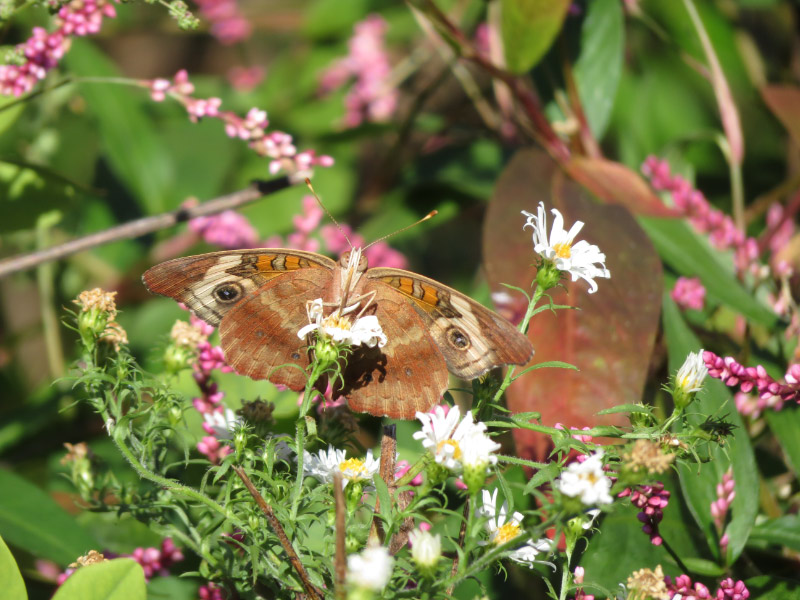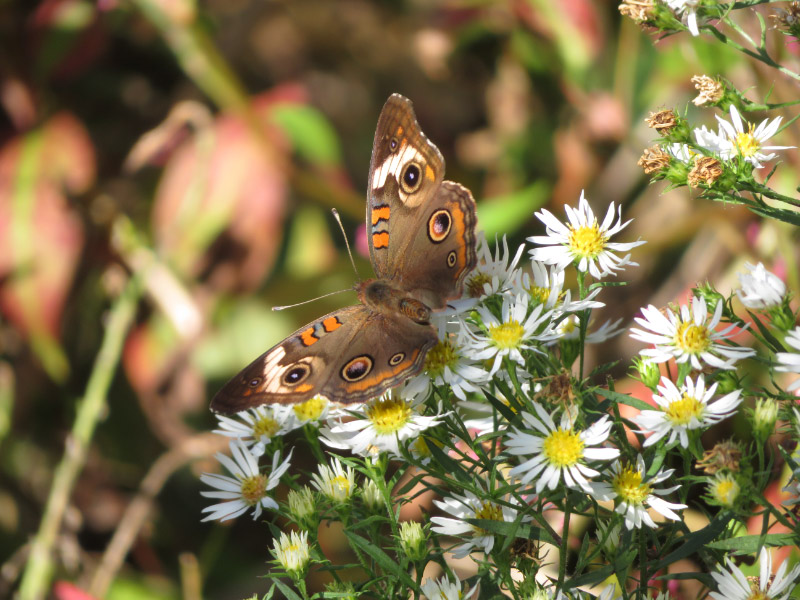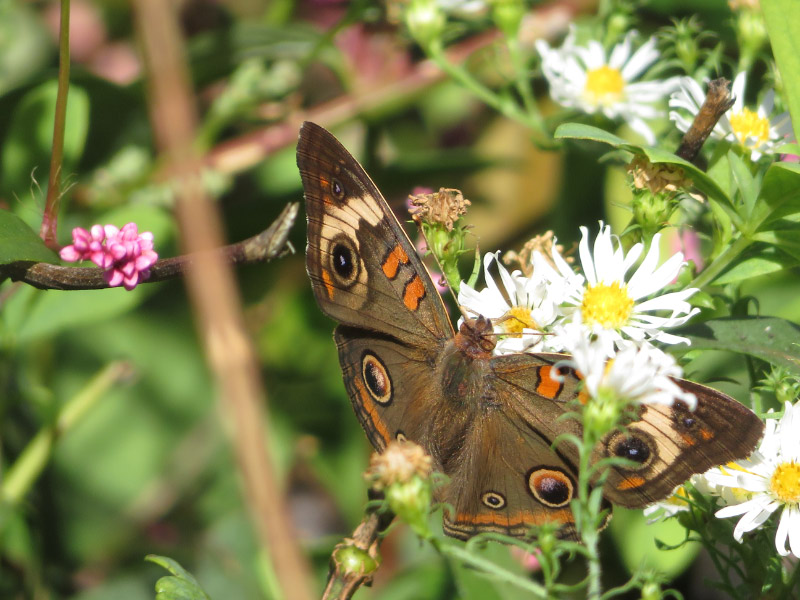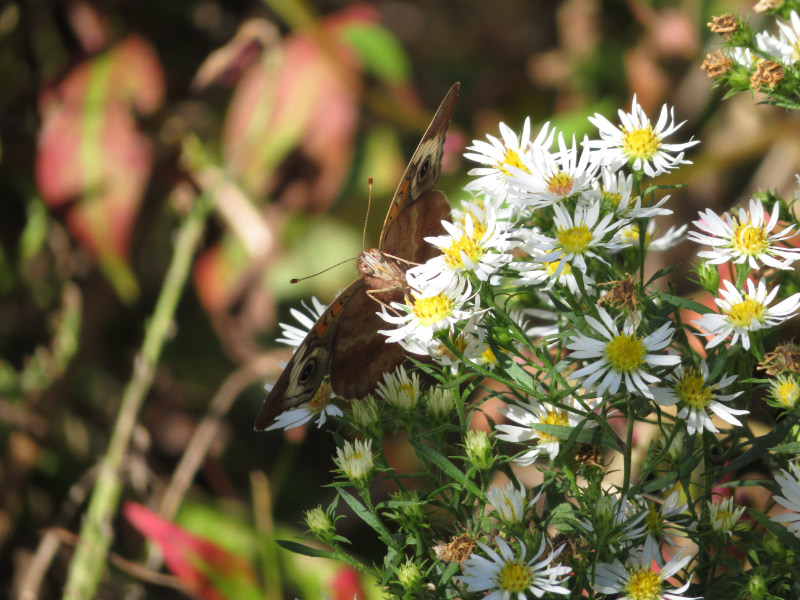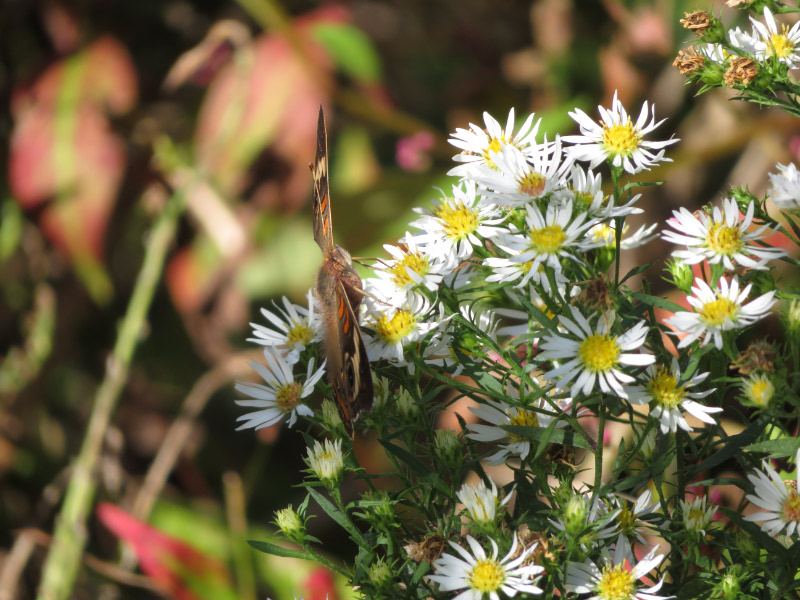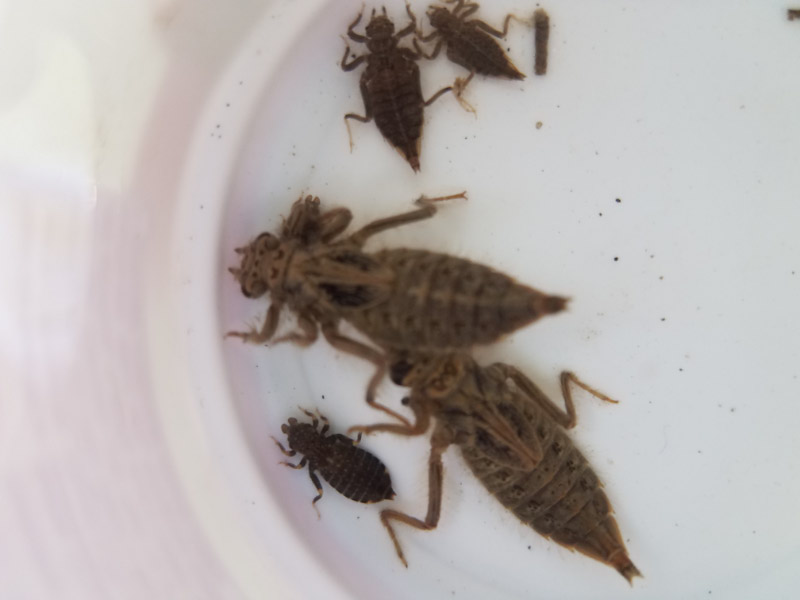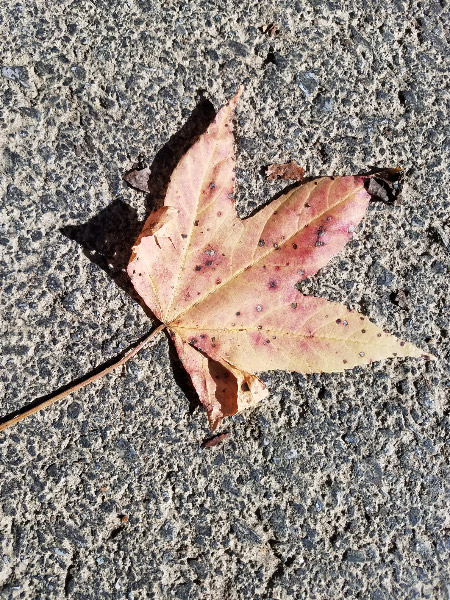Festival of the Cranes – part 2
/Our first morning at Bosque del Apache National Wildlife Refuge was before the festival officially started. We got up early to travel from our hotel to the ponds along the road just before the visitor center before dawn --- to see the fly out of sandhill cranes that roost there overnight. It was the coldest morning of the week! We bundled up with lots of layers (included snow pants), foot warmers in our boots, and handwarmers inside our gloves. I had a scarf with a hood and then the hood from my fleece too. We managed but I noticed frost forming on the head of my tripod where I breathed while I was taking pictures! I took pictures of a tree on one end of the pond that I remembered from 2016. The tree glowed with morning early light.
Some of the birds were standing on mud….others on ice. I noticed one juvenile (the bird does not have its red patch yet) on ice that quickly stood on one leg. I lost track of the bird in the moving mass of birds, but I wondered if it changed legs after a time…to let the other one get warm.
I took a series of pictures of birds landing and picked the two best sequences. It is interesting how they use their wings to soften their landing. The few birds that landed must have taken off a short time before from another roosting site. This is the first sequence.
And the second.
Some of them seem more alert than others. I like groupings where it is easy to see the iron dust they have on their feathers from their nest sites in the far north. In this picture there are the birds alert, sleeping, and preening….all close together.
The fly out is all about the cranes taking off. Again – I picked two sequences. They don’t go all at once…but in small groups. The power of the first few wing flaps – to get them off the ground – could be heard across the small distance through the cold air.
And then they are in sky heading to the fields where they feed during the day.
Cranes are paired for life, so it is not unusual to see pairs.
Once the sun was up it was easier to see that the shallow pond was more ice covered than water and how some of the cranes looked so much shorter…but with the large body of sandhill cranes. The morning color of the ice…not the golden from sunrise…is a metallic blue.
I started to look more closely at how the cranes were managing to walk on the ice. They did a little sliding but seemed to prefer taking off from the ice rather than the water.
Just before we left, I took some pictures of the frosted vegetation.
A cold morning…but a good start to our week in New Mexico.







